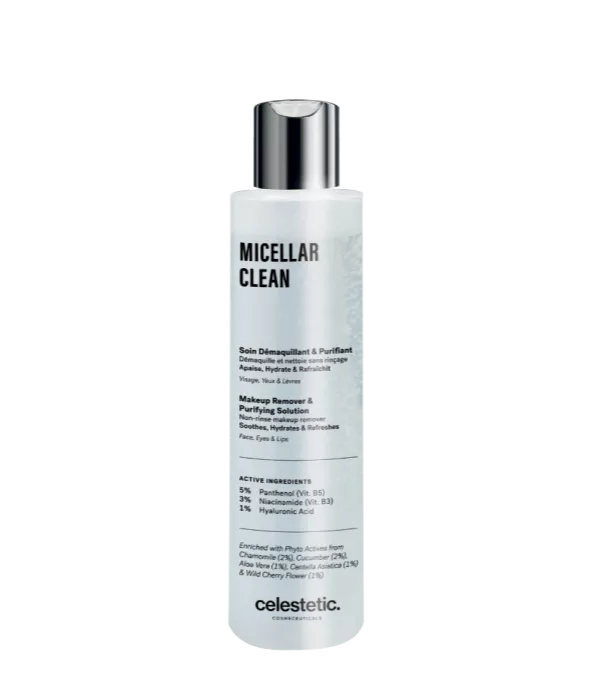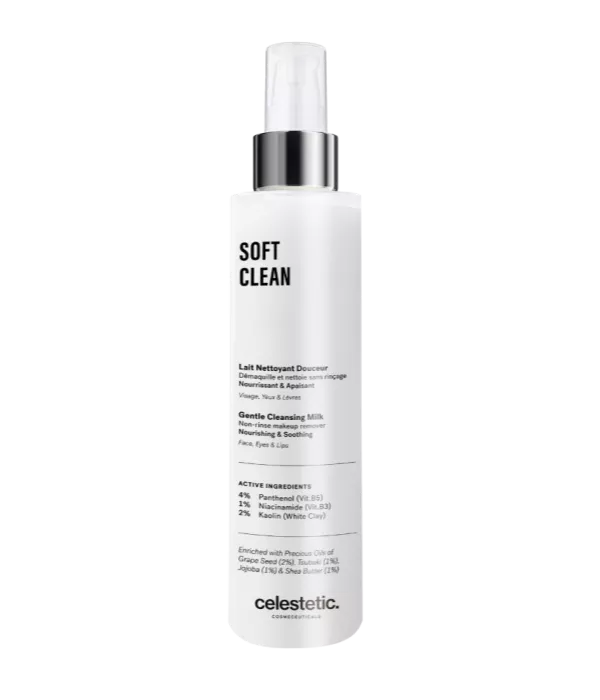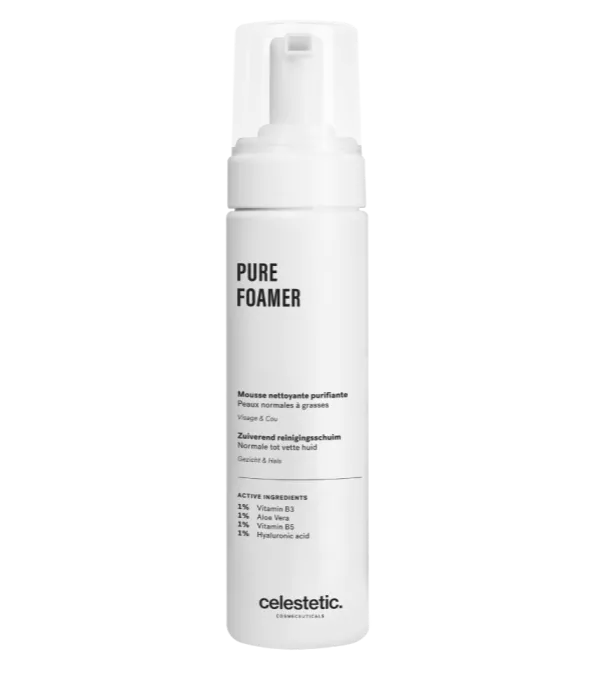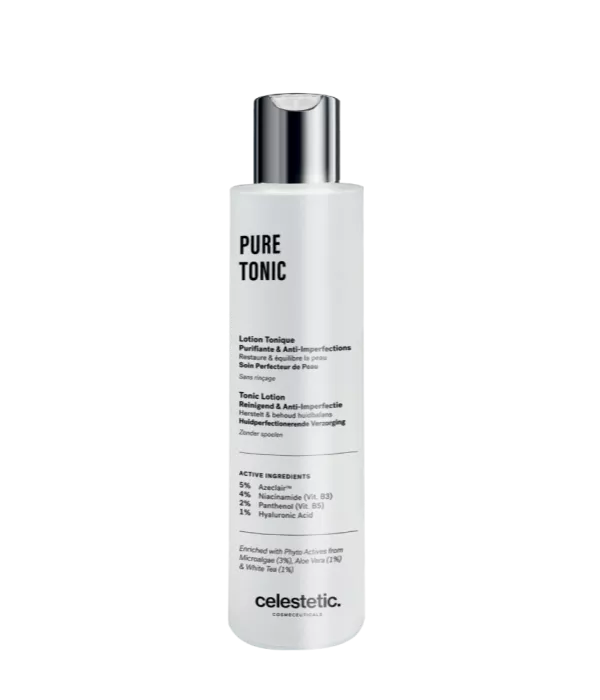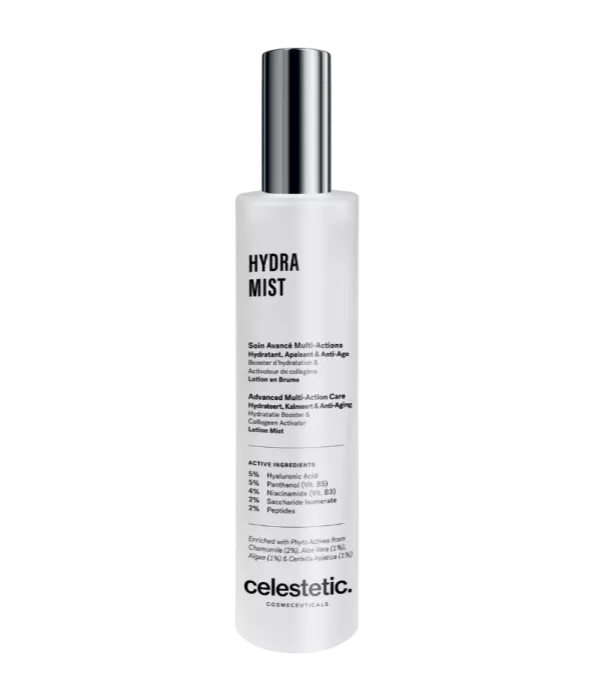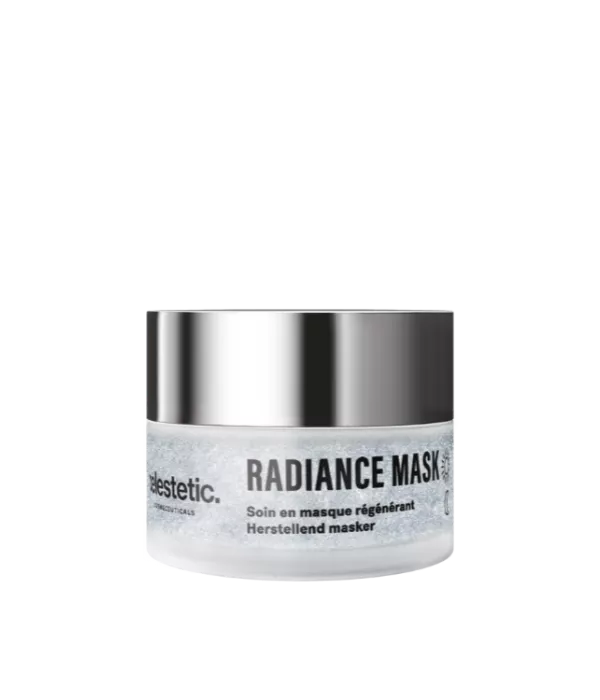Formulations supplemented with or without 0.5%, 1.0%, or 5.0% panthenol were applied daily to the forearms of healthy subjects. (…) Panthenol-containing formulations (1.0% and 5.0%) produced significant decreases in TEWL after 30-day applications. (…). It is concluded that skin integrity is maintained by the improved protective effect of 1.0% panthenol added to the formulation ».
Camargo Jr, Flávio B., Lorena R. Gaspar, and Patricia MBG Maia Campos. "Skin moisturizing effects of panthenol-based formulations." Journal of cosmetic science 62.4 (2011): 361. Source
Stettler, Hans, et al. "A new topical panthenol-containing emollient: Results from two randomized controlled studies assessing its skin moisturization and barrier restoration potential, and the effect on skin microflora." Journal of Dermatological Treatment 28.2 (2017): 173-180. Source
« At days 7, 14, and 28, skin hydration had increased by 42%, 54%, and 49%, respectively. (…) New topical panthenol-containing emollient is well tolerated by healthy infants ».
Stettler, Hans, et al. "A new topical panthenol-containing emollient: skin-moisturizing effect following single and prolonged usage in healthy adults, and tolerability in healthy infants." Journal of Dermatological Treatment 28.3 (2017): 251-257. Source
« The depletion of pantothenic acid from the culture medium suppressed keratinocyte proliferation and promoted differentiation. Moreover, pantothenic acid depletion decreased the synthesis of keratinocyte growth factor and procollagen 4a2 in fibroblasts. These results suggest that pantothenic acid is essential for maintaining keratinocyte proliferation and differentiation ».
Kobayashi, Daisaku, et al. "The effect of pantothenic acid deficiency on keratinocyte proliferation and the synthesis of keratinocyte growth factor and collagen in fibroblasts." Journal of pharmacological sciences (2011): 1101140493-1101140493. Source
« After applying either form of the formulations containing 7-11 % of panthenol hydration of the skin increased, transepidermal water loss decreased ».
Pavlačková, Jana, et al. "In vivo efficacy and properties of semisolid formulations containing panthenol." Journal of cosmetic dermatology 18.1 (2019): 346-354.Source
« In vitro and clinical studies provided evidence that topically applied dexpanthenol promotes superficial and post procedure wound healing. Latest findings confirmed that dexpanthenol upregulates genes that are critical for the healing process ».
Gorski, Julian, et al. "Dexpanthenol in wound healing after medical and cosmetic interventions (postprocedure wound healing)." Pharmaceuticals 13.7 (2020): 138. Source
« The dexapanthenol-containing cream significantly reduced skin redness as a sign of inflammation in contrast to the vehicle, which produced no effect ».
Proksch, E., and H. P. Nissen. "Dexapanthenol enhances skin barrier repair and reduces inflammation after sodium lauryl sulphate-induced irritation." Journal of dermatological treatment 13.4 (2002): 173-178.
« Panthenol in low concentration has been demonstrated to penetrate the hair shaft and enhance moisture content of the cortex ».
Gray, John. "Hair care and hair care products." Clinics in dermatology 19.2 (2001): 227-236. Source
« d-Panthenol (provitamin B5) and salt of pantothenic acid are used in many cosmetic and pharmaceutical preparations for their skin emollient, regenerating and hair conditioning properties ».
Wang, Lai-Hao, and Shih-Wen Tseng. "Direct determination of d-panthenol and salt of pantothenic acid in cosmetic and pharmaceutical preparations by differential pulse voltammetry." Analytica chimica acta 432.1 (2001): 39-48. Source





